NASA requested a $19 billion budget for fiscal 2017. That is a lot of money and it will allow NASA to proceed with an ambitious space program the coming years.
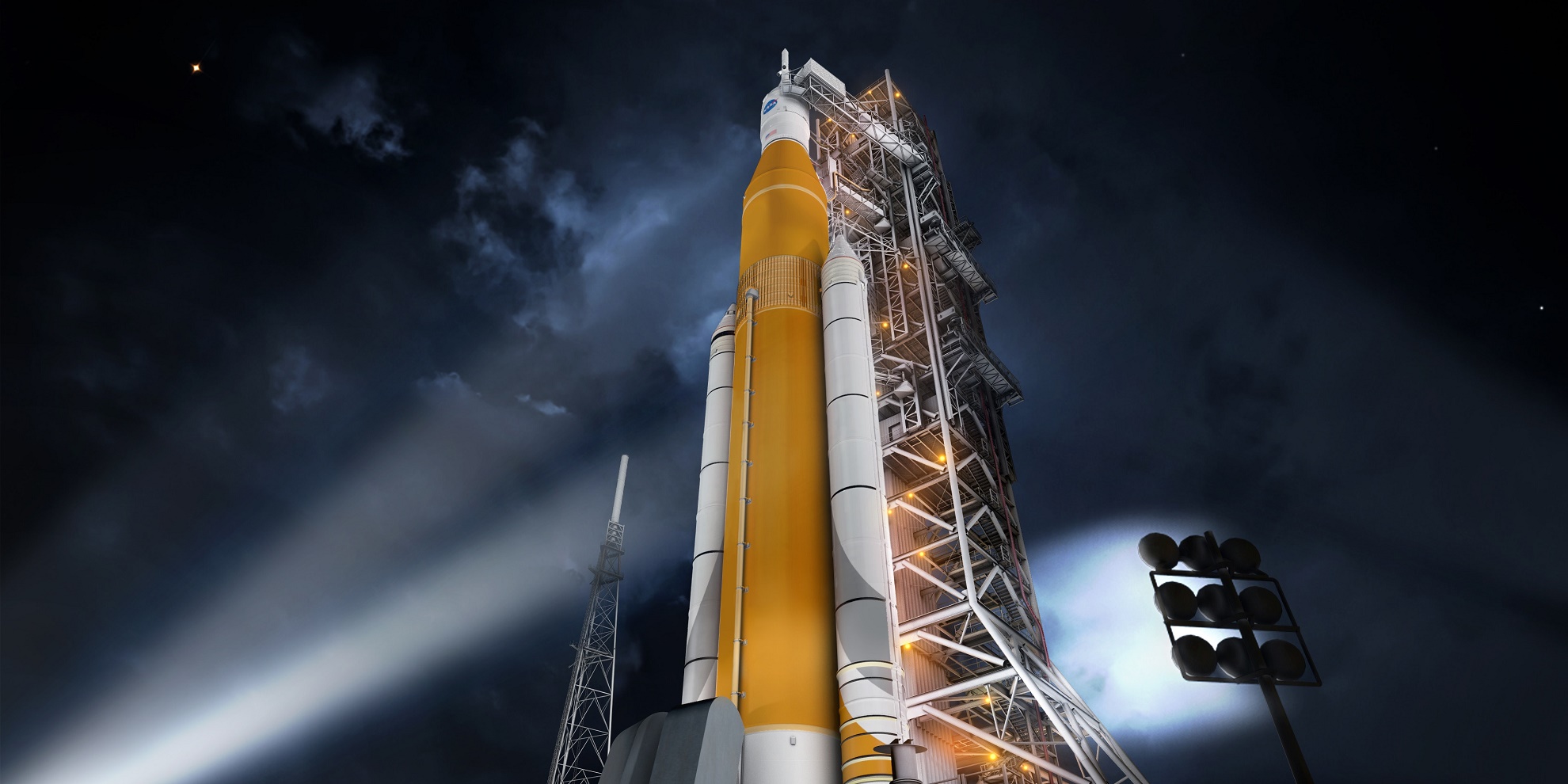
Both the US Senate and the House have approved a bill that will direct $19.508 billion to NASA and also sets some very ambitious directives.
If approved by the president, it will set the stage for NASA to put humans “near or on the surface of Mars in the 2030s”. It specifies a roadmap of human space exploration that shall begin with low-Earth orbit, then addresses in greater detail progress beyond low-Earth orbit, to the Moon, and with future missions closing in on Mars.
It also instructs NASA to move away from its Asteroid Robotic Redirect Mission and instead find ways to apply what invested into that project, to the Mars directive instead.
The bill also contains a plan to send a probe to Jupiter’s moon Europa. A vague directive for NASA “to expand permanent human presence beyond low-Earth orbit” is included under long-term goals along with “a thriving space economy in the 21st Century.”
It mentions missions to launch the SLS and Orion spacecraft without a crew in 2018. A manned mission to the moon 2021.
Besides ambitious goals in space, there are also some goals to be achieved on Earth: The bill asks NASA to work on building hypersonic and supersonic aircraft that would “enable new transportation capabilities” and asks the agency to develop a plan to enhance its cybersecurity protections.
NASA is funded with $19.28 billion this year, but that budget is part of a continuing resolution that runs out April 28. Then, NASA and the rest of the federal government will need new budgets by or another funding commitment to keep operating. The White House is expected to release a broad picture of its budget on March 16.
Reference:
U.S. Congress
https://www.congress.gov/bill/115th-congress/senate-bill/442/text#toc-id7330f1ea-dd5f-47f7-8c03-cba35c2e1c03


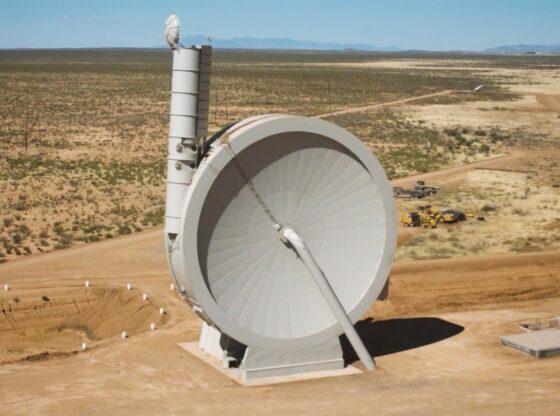
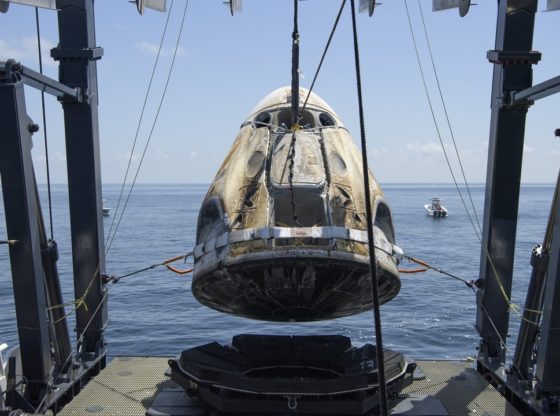
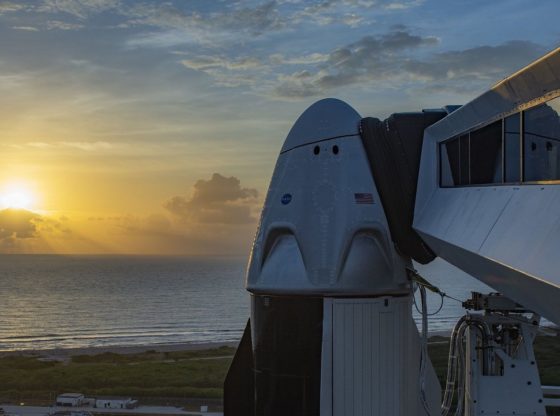
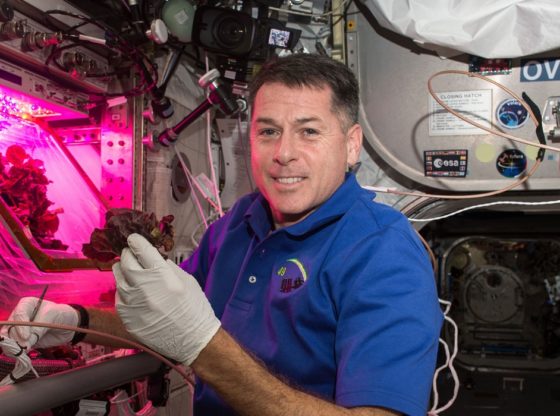

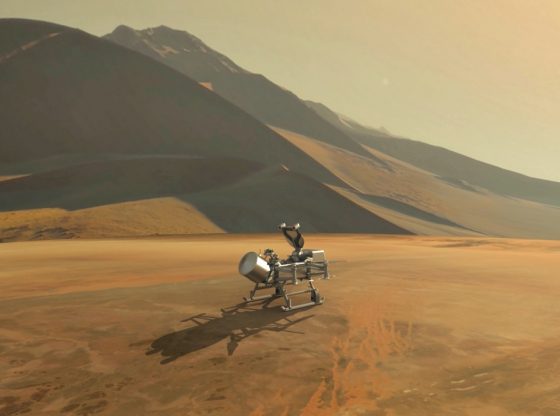
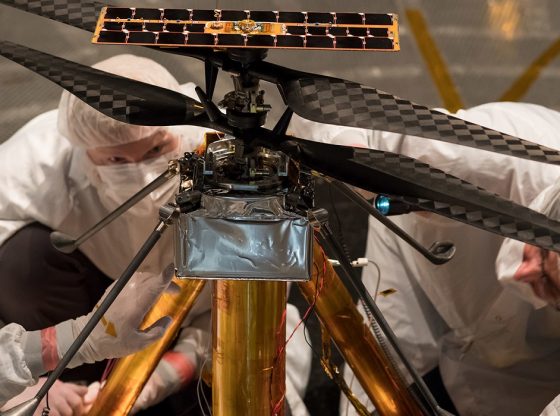
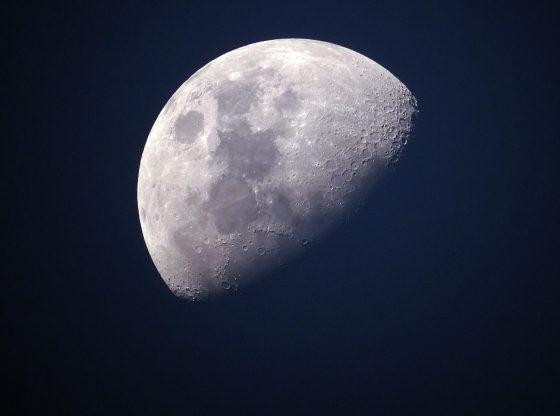
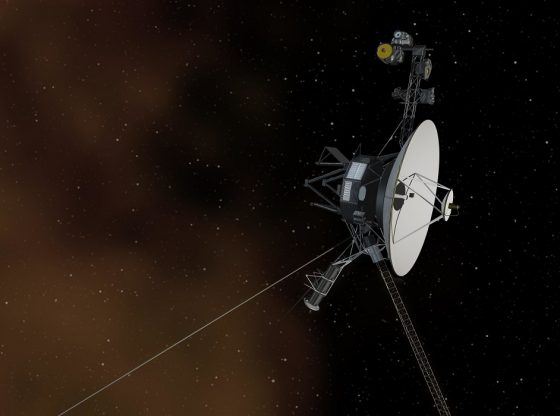
![OpenAI. (2025). ChatGPT [Large language model]. https://chatgpt.com](https://www.illustratedcuriosity.com/files/media/55136/b1b0b614-5b72-486c-901d-ff244549d67a-350x260.webp)
![OpenAI. (2025). ChatGPT [Large language model]. https://chatgpt.com](https://www.illustratedcuriosity.com/files/media/55124/79bc18fa-f616-4951-856f-cc724ad5d497-350x260.webp)
![OpenAI. (2025). ChatGPT [Large language model]. https://chatgpt.com](https://www.illustratedcuriosity.com/files/media/55099/2638a982-b4de-4913-8a1c-1479df352bf3-350x260.webp)








